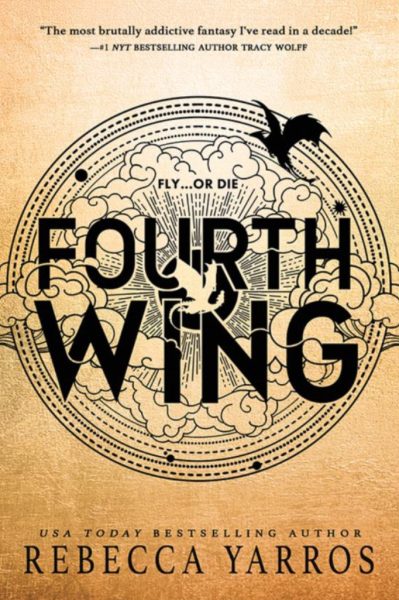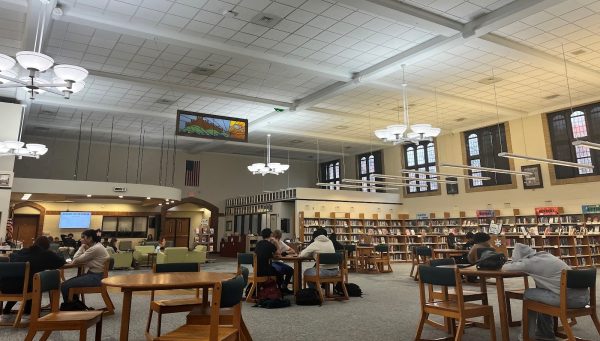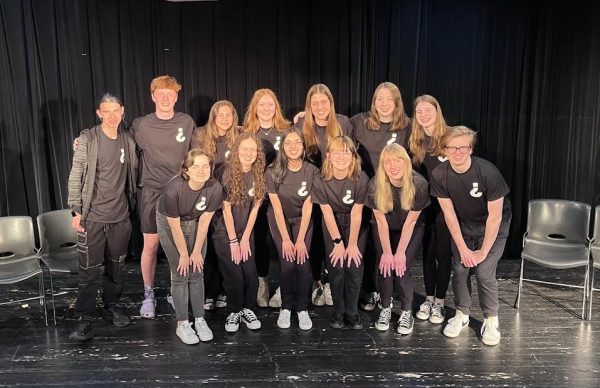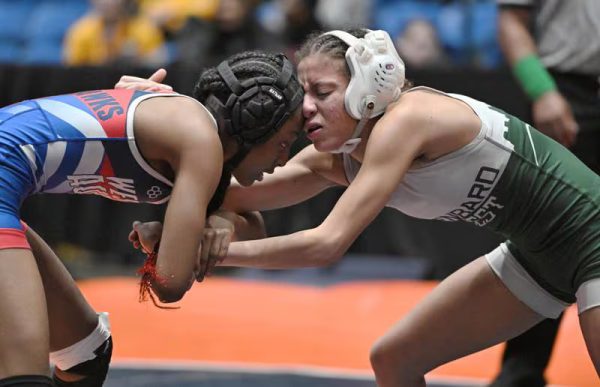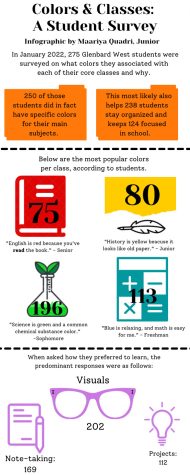Opinion: Educational Risk Taking: Key to Learning, Growth
In the midst of the fast-paced whir of curriculum and assessments, it can become intimidating for students to volunteer their ideas in the classroom or take the leap towards more challenging courses. Every student holds back in school for different reasons: fear of losing points, insecurity, avoiding failure in front of classmates, or perhaps it is just more comfortable to sit back and observe rather than get completely immersed in an activity.
Regardless of the differences in each student’s inclination to hold back, the merits of taking educational risks in the classroom far outway any of the cons. By pressing the limits of their comfort zone, students will have the ability to grow and learn more efficiently than they ever could by playing it safe in school.
“It’s always important for students to push themselves outside of their comfort zone” social worker at Glenbard West, Bridget Mazzone explains. “That’s the only way we can really grow and develop as humans.”
However, as risk-taking is so critical in helping students learn more efficiently, the most pressing question becomes, why aren’t all students doing it? The answer is failure. According to a recent Psychology Central article, “What we really fear is failing to do something right the first time.” It articulates that this fear of failure decreases as a person gains more familiarity and practice with a subject or skill. In the classroom, this deters students from learning concepts accurately from the beginning. By volunteering both themselves and their uncertainty to their peers and teacher, students are able to be aided in misunderstandings right away, rather than after the subject becomes more complicated.
“Failure is going to be the starting point for learning as you practice problem-solving skills, and critical-thinking skills, and creative skills,” Honors Biology and AP Environmental Science teacher, Eric Lindberg asserts. “All those skills come about because you are trying to solve a problem that you have perhaps failed at the first time.”
However, taking big educational risks in the classroom is not always an easy fix or even the next viable step for many students. “School is always a priority,” Mazzone explains, “but things like mental health and familial situations trump students’ ability to take risks and sometimes just getting to school is the risk itself.”
A recent article from University of Georgia’s College of Education offers that guiding students to a new comfort with taking risks is the responsibility of the teacher, stating, “Not all students have the same level of tolerance to risk.” By starting with small risks all students can comfortably achieve, teachers can build a platform of trust and willingness for their class which they can build upon. With support and encouragement, “academic risk-taking actions help students to increase their level of risk tolerance.”
According to Michael Moran, Honors English and Theatre teacher, “when one student shows how to take a risk it encourages everybody else in the classroom.” Risk taking in academics, Moran expresses, is not usually achieved alone; it is a collaborative effort amongst students and their teachers.
As students progress in their classes, much of their success can be a product of their grit and discipline but without risks, learning can become a chore. Taking risks “enlivens students, so if they’re just going through the motions of their day or not really putting a lot of thought or effort into it school gets really monotonous and boring,” Mazzone explains. “That’s a consequence of not being pushed outside of their comfort zone.”
“One of the things I really stress in Intro to Theatre,” Moran offers, “if you’re not trying to take a big risk in terms of creation of a character or the plot choice of an improv scene, whatever that might be, then everybody is looking at the same thing over and over, class becomes boring, and then it doesn’t matter.” When students lose their sight of purpose in school, hard work and the pursuit of new solutions or perspectives become harder to achieve. Risks cause students to put an emotional stake in they’re learning which boosts their investment in their education as a whole.
As former president of India, APJ Abdul Kalam once stated, “When we tackle obstacles, we find hidden reserves of courage and resilience we did not know we had. And it is only when we are faced with failure do we realize that these resources were always there within us.” Regardless of whether you are a student or educator, child or adult, allow your education to include trial and error because these resources might just be what it’s all about.

